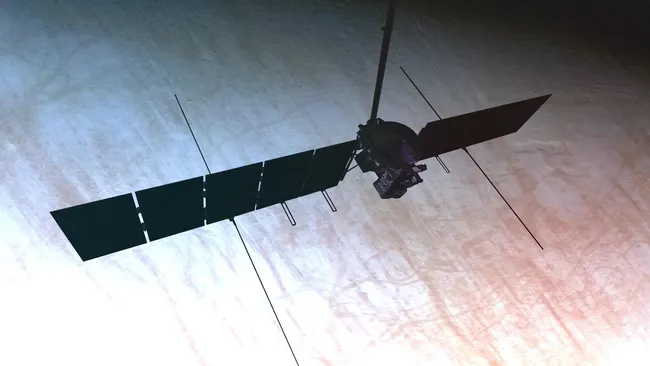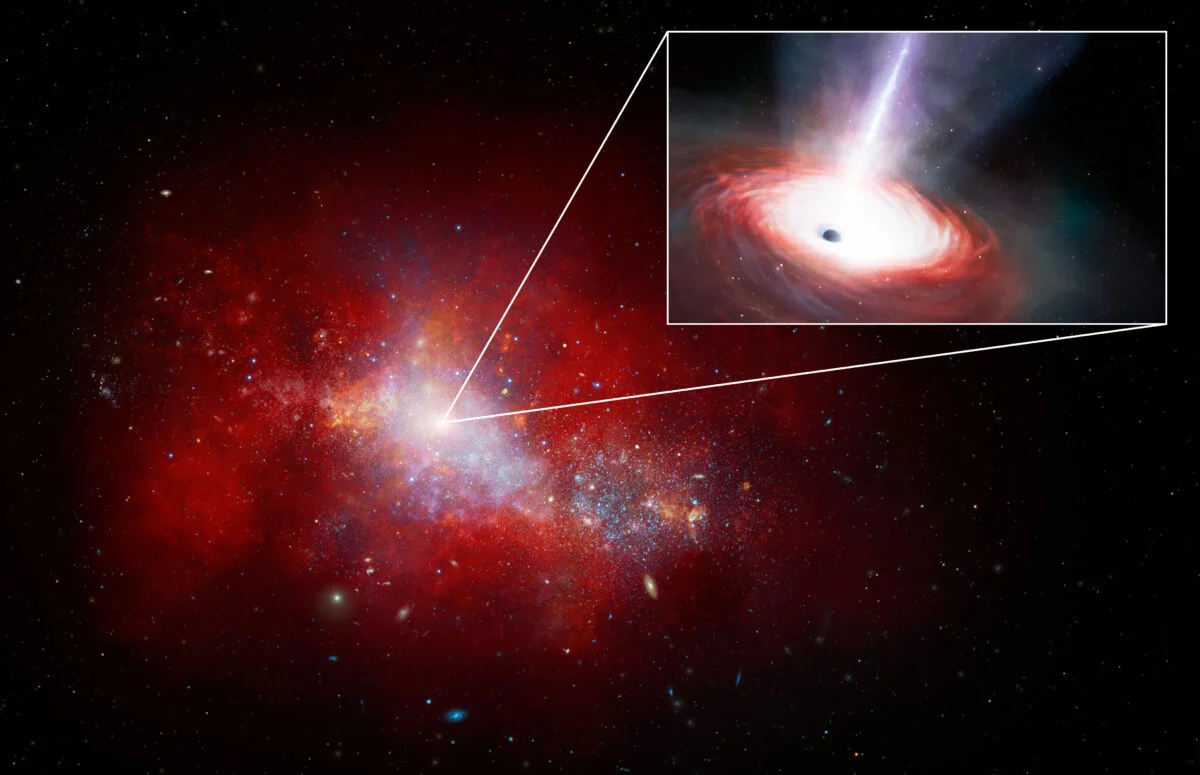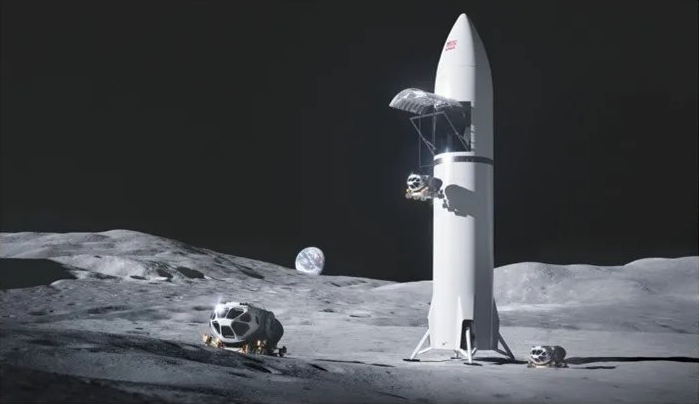
NASA’s Europa Clipper Deploys First Science Instruments on its Journey to Jupiter
- News
- November 16, 2024
- 1300
NASA’s Europa Clipper spacecraft, en route to study Jupiter’s moon Europa, has successfully deployed its first science instruments, marking a significant milestone in its seven-year journey to the Jovian system.
Launched on October 14, 2023, atop a SpaceX Falcon Heavy rocket from Kennedy Space Center in Florida, the spacecraft is now 13 million miles (20 million kilometers) from Earth and traveling at a velocity of 22 miles per second (35 kilometers per second) relative to the sun. This historic mission aims to determine whether Europa’s subsurface ocean, concealed beneath a thick icy crust, could harbor conditions suitable for life.
A Colossal Mission to Explore Europa
Europa Clipper is NASA’s largest spacecraft ever developed for a planetary mission. Over its 1.8-billion-mile (2.9-billion-kilometer) journey, it will use a suite of advanced scientific instruments during 49 flybys of Europa, beginning in 2031. These instruments will gather critical data on Europa’s surface, magnetic environment, and potential ocean.
Shortly after launch, the spacecraft successfully extended its massive solar arrays, which span the length of a basketball court. These arrays collect sunlight to power Clipper throughout its interplanetary voyage and during its operations in the Jupiter system.
First Science Instruments Deployed
Among the instruments now deployed are the magnetometer boom and radar antennas, both crucial for investigating Europa’s subsurface ocean.
- Magnetometer Boom: The 28-foot (8.5-meter) boom unfurled from a canister mounted on the spacecraft’s body. Its sensors will measure Europa’s magnetic field, offering insights into the moon’s hidden ocean, including its depth and salinity.
- Radar Antennas: The radar instrument features four high-frequency antennas, each 57.7 feet (17.6 meters) long, and eight rectangular very-high-frequency antennas, each 9 feet (2.76 meters) long. These will penetrate Europa’s icy crust to reveal its subsurface structure.
Engineering data from the spacecraft has confirmed the successful deployment and functionality of these instruments.
Progress and Preparations
Jordan Evans, Europa Clipper project manager at NASA’s Jet Propulsion Laboratory (JPL), highlighted the importance of these achievements. “It’s an exciting time on the spacecraft, getting these key deployments done,” said Evans. The mission team is currently analyzing data to refine their understanding of the spacecraft’s behavior and ensure all systems are performing as expected.
In December and January, seven more instruments will undergo a series of power-on and operational tests, further preparing Clipper for its scientific objectives.
Gravity Assists to Jupiter
To reach Jupiter, Europa Clipper will utilize gravity assists by looping around Mars and Earth. This technique leverages a planet’s gravity to increase speed and adjust trajectory.
- Mars Assist (March 1, 2025): During this flyby, Clipper’s radar and thermal imaging instruments will undergo tests, capturing multicolored images of Mars.
- Earth Assist (December 2026): The spacecraft will calibrate its magnetometer and measure Earth’s magnetic field during this final gravity assist, propelling it toward Jupiter.
A Mission Poised to Unlock Europa’s Secrets
The Europa Clipper mission represents a monumental step in astrobiology and planetary science. With its advanced instruments and carefully planned trajectory, the spacecraft is set to unlock the mysteries of Europa’s hidden ocean and assess its potential for supporting life.
By the time it begins its 49 flybys of Europa in 2031, scientists hope the data collected will shed light on one of the most intriguing questions in science: Could life exist beyond Earth?



